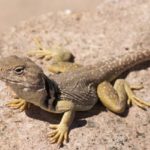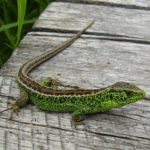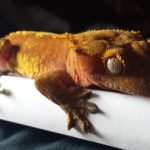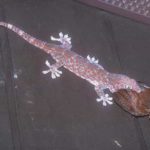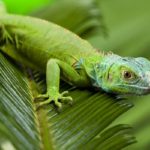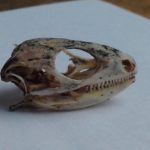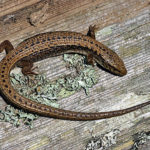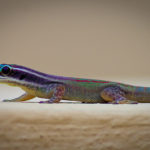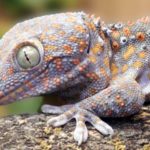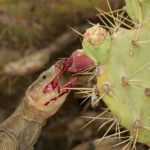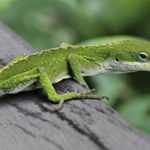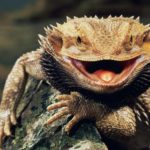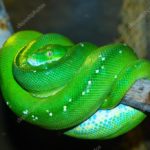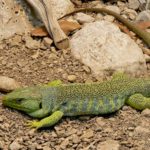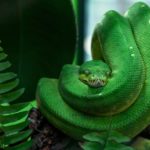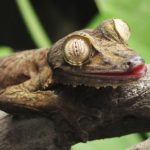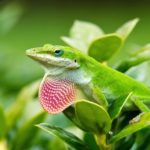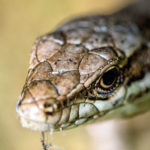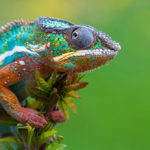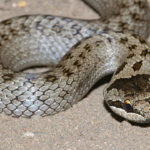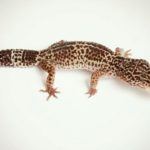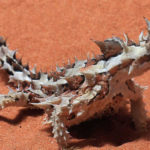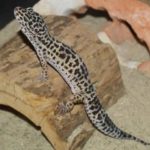Lizards
 Lizards are a suborder of scaly reptiles, the largest group of modern reptiles, now numbering more than 3,500 species, grouped into 20 families and almost 350 genera. Lizards can be found on all continents, except Antarctica. And for each of them are specific groups of these animals. In Europe they are real lizards, in Asia – agama and some geckos, in Africa – belt-tails, and in Australia – lizards and scales.
Lizards are a suborder of scaly reptiles, the largest group of modern reptiles, now numbering more than 3,500 species, grouped into 20 families and almost 350 genera. Lizards can be found on all continents, except Antarctica. And for each of them are specific groups of these animals. In Europe they are real lizards, in Asia – agama and some geckos, in Africa – belt-tails, and in Australia – lizards and scales.
The largest species diversity of lizards in the tropical and subtropical zones of the Earth, in countries with a temperate climate there are fewer, and only one species – the viviparous lizard (Lacerta vivi-raga) – reaches the Arctic Circle. Lizards inhabit the most diverse biotopes of our planet – from waterless deserts to tropical rain forests and subalpine meadows, descend to the deepest gorges and rise to the mountains to a height of 5 thousand meters above sea level, to the zone of eternal snows.
Most lizards live on the surface of the earth, but many of them are embedded in its thickness (these are many skinks) or rush upwards – into the crowns of trees (many agams and geckos). And such lizards as the Draco volans or Ptycho-zoon kuhli try again to do what has already been done by reptiles many millions of years ago – to master airspace. Lizards and the sea are not alien to the sea – on the Galapagos Islands live marine iguanas (Amblyrhync-hus cristatus), perfectly floating and diving for seaweed, which they feed on.
The appearance of lizards is so diverse that it is difficult to name any characteristic feature. Moreover, lizards have so many common features with snakes that sometimes even a specialist can not simply distinguish between them. Not for nothing that lizards and snakes are only suborders in one unit. Thus, representatives of seven families of lizards in their entirety or partially devoid of legs; In our country it is the spindle (Anguis fragilis) and the yellow-belly (Ophisaurus apodus).
Like the snakes, the eyelids have grown together and the eyelids have become transparent, many lizards are barely visible (and even completely absent) ear holes and, finally, there are poisonous lizards – the gadflies that inhabit the USA and Mexico. Many lizards have a very bizarre appearance due to the presence of various skin outgrowths and folds in the form of crests, cones and horns. As an example, it is enough to remember the Australian lizard – moloch (Moloch horridus), absolutely harmless, but with a frightening appearance.
Coloring of many lizards of the pest and diverse, and in a number of species it can vary depending on the physiological state. There are such lizards in our country. Thus, the coloration of steppe agama (Tgarelus sanguinolenta) becomes brighter at high temperatures or during mating tournaments – the males at this time have a characteristic blue “beard”. However, in most lizards, the coloring is masking – making them invisible on the surrounding background.
For example, lizards living in the desert are often painted in yellow, gray or brown, and in the green of the rainforest – in bright green. The appearance of lizards is closely related to the way of life. Wood species have tenacious claws and a tail or special pads on their fingers, allowing them to rest on branches in the most unthinkable positions.
Most lizards move very fast, but I especially want to note the American Knop-Midophor (Cnemidophorus), moving on their hind legs using the tail to maintain balance. For the speed of movement these lizards received a second name – lizards-runners. But it is not inferior to them in terms of the speed of movement, and the Australian plagiarized agama (Chlamydosaurus kingi). A helmeted Basiliscus plumifrons from Central America, reaching a length of 80 cm, moves on its hind legs at such a speed that it can run only on the ground, but also on the water.
Many lizards can make certain sounds. Some of them hiss like snakes (for example, lizards). Others produce more diverse sounds. This is, first of all, geckos. They make a squeak, clicks, tweets and the like, using not only the language, but also the friction of the scales on the tail. Such a “musical” tail has a sketch gecko (Tegatoscincus scincus), which lives in the Central Asian republics of our country.
The largest modern lizard is considered to be the giant Indonesian Varan (Varanus komodoensis) from the island of Komodo, which reaches a length of 3 m and weighs up to 120 kg. And the smallest lizard, not exceeding 4 cm in length, is the South American gecko – Spherodactylus elegans.

